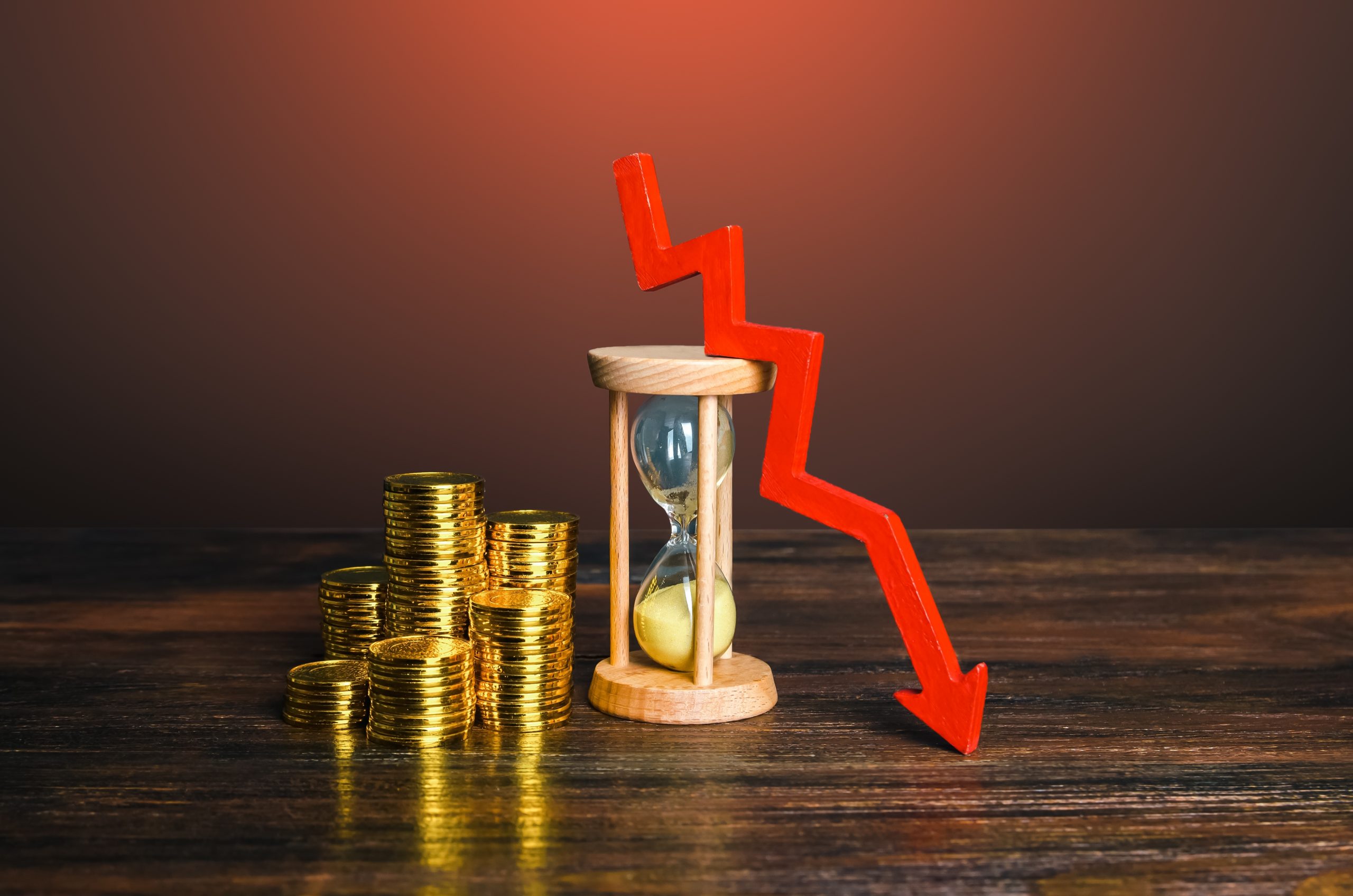Household Bills
Real wages ‘battered’ but unemployment rate dips again

Pay growth was up in the three months to August 2022 but once inflation’s factored in, the figures reveal one of the largest falls in real terms since records began.
Growth in workers’ average total pay (including bonuses) was 6% while growth in regular pay (excluding bonuses) was 5.4% between June and August 2022.
According to the Office for National Statistics (ONS), this is the strongest growth in regular pay seen outside of the Covid pandemic.
Private sector workers saw average regular pay growth of 6.2% while the public sector saw 2.2%. The ONS noted this is the largest difference between the sectors and the largest growth seen for the private sector.
However, once inflation is factored in (9.9% in the year to August), workers have seen total pay fall by 2.4% and regular pay fall 2.9%. While this is slightly smaller than the record fall during April and June (3%), “it still remains among the largest falls in growth since comparable records began in 2001”, the ONS said.
Alice Haine, personal finance analyst at DIY platform and coaching service, Bestinvest, said: “Britain’s cost-of-living crisis is continuing to batter real wages – the purchasing power of worker’s pay after factoring in inflation.

Wellness and wellbeing holidays: Travel insurance is essential for your peace of mind
Out of the pandemic lockdowns, there’s a greater emphasis on wellbeing and wellness, with
Sponsored by Post Office
“The hit to pay growth magnifies the financial struggle for workers who are not only having their incomes eroded by high food and energy prices but also the growing cost-of-borrowing crisis. The harsh reality is that employee spending power is now heavily hampered by rising costs and with inflation expected to peak above 11% this year, wages will get stretched even further.”
Unemployment at near 50-year low
As wages fail to keep up with inflation, the statistics revealed the employment rate for June to August 2022 was 75.5%, which is 0.3 percentage points lower than the previous quarter.
The employment rate is one percentage point lower than before the pandemic but stands at a record 29.7 million. The number of people with second jobs increased slightly during the latest three-month period, up 43,000 to 1,239 million.
Meanwhile, the unemployment rate for the period also decreased by 0.3 percentage points (97,000) to 3.5% which is the lowest rate since December to February 1974.
However, the ONS said the economic inactivity rate increased by 0.6 percentage points to 21.7% which was “largely driven by those aged 50 to 64 years and those aged 16 to 24 years”. This means an extra 330,000 became inactive during the period.
“Looking at economic inactivity by reason, the quarterly increase was driven by people inactive because they are long-term sick or because they are students. The number of those economically inactive because they are long-term sick increased to a record high,” the ONS noted.
However, the number of job vacancies was estimated to have fallen by 46,000 on the quarter to September 2022, taking it to 1,246,000 – the largest fall since June to August 2020 and the fourth consecutive monthly fall.
“Despite three consecutive quarterly falls, the number of vacancies remain at historically high levels,” said the ONS.
Pressure by Bank of England for ‘aggressive’ rate hikes
For Ruth Gregory, senior UK economist at Capital Economics, while there are “tentative signs” that the labour market is cooling, the shortfall in labour supply is keeping it “exceptionally tight”.
Gregory said: “That will maintain intense pressure on the Bank of England to raise rates aggressively over the coming months.
“Overall, today’s release provided only tentative signs that the labour market is turning. As such, we think the Bank of England will raise interest rates by at least 100 basis points in November and December and eventually to a peak of 5%.”